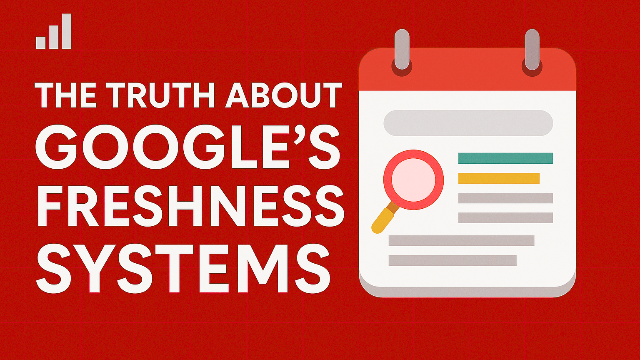Google De-duplication Systems – The Hidden Reason Your Content Isn’t Ranking?
Welcome to the 4th part of our Google Ranking Signals Series. If you haven’t read the first three parts, go back and check them out—this series builds up step by step, and skipping ahead will leave you confused. Today we’re diving into Google’s third ranking signal – the De-duplication Systems.
This isn’t your regular SEO tip. It’s deep, layered, and often the real reason why even great content doesn’t rank or get traffic. So read carefully.
What is De-duplication?
In simple terms, De-duplication means removing duplicate content from Google’s search results. If a single URL appears twice on the same search results page—Google will remove one of them.
Why? Because duplication affects the quality of the search experience.
Google doesn’t want users to see the same content again and again, even if it’s hosted on different sites—or even on the same site.
Hence, the De-duplication System exists to clean things up.
Two Types of De-duplication
External De-duplication
This happens when multiple websites publish the same content.
For example, let’s say Google finds 100 pages relevant to a keyword—but 20 of them have identical or near-identical content.
Google’s systems flag them as duplicate, and most of them will be removed from the results.
Lesson: Copying content—even slightly—can remove you from Google’s search results, even if your site is indexed.
Internal De-duplication
This one’s trickier—and affects even hardworking SEOs.
Let’s say you’ve written an excellent piece of content. So good, in fact, that Google starts showing it in the featured snippet (Position Zero) above all search results.
Sounds great, right?
Here’s the catch:
Google no longer shows the same URL again in the top 10 organic results.
So your page might show up as a snippet but won’t get clicks, which means:
- Less traffic
- No conversions
- No email subscribers
- No ad revenue
It’s like offering sweets outside your shop for free—why would anyone come inside?
Earlier, Google used to show your page in the snippet and in the normal results, but now it removes the second appearance for “cleaner” SERPs.
Then Why Is It a Ranking Signal?
You might ask: “If the system removes results, how is it a ranking signal?”
Simple—when one page is removed, another takes its place.
So, if you’re not the victim, you’re the beneficiary.
One’s loss is another’s gain. That’s why De-duplication directly impacts rankings.
How to Optimize for De-duplication
Now the million-dollar question:
How do you survive or even benefit from this system?
For External De-duplication:
- Stop copying content. Period.
- Even slightly spun or “rephrased” content can be caught.
- Google may not just de-duplicate—it may de-index the page.
For Internal De-duplication:
- If your page is showing as a featured snippet but not in normal results—you’re losing traffic.
- Some people block snippets using the nosnippet meta tag to prevent this.
But that’s like cutting off your own hand to avoid cutting your nails.
Sure, you won’t show up in the snippet, but now your organic result has no description, no context, and low CTR.
So what’s the smart way?
The Smart Solution (without violating Google guidelines):
- Create a second page based on the content that’s ranking in the featured snippet.
- Restructure the content—don’t duplicate it exactly.
- Change the heading structure
- Add bullet points or a table
- Turn it into a checklist
- Make a short video version of the content using tools like InVideo, Lumen5, or AI video creators.
- Upload that video to YouTube and embed it on the new page.
- Keep the URL similar but not identical.
This way:
- Your original page still appears in the snippet.
- Your new page can start ranking in normal results and bring in traffic.
- You’re not breaking any of Google’s policies.
- You improve user engagement with video, structure, and freshness.
Final Thoughts
De-duplication isn’t just about “removal.” It’s about relevance, user experience, and giving searchers variety without repetition.
Whether it’s external content theft or internal content excellence—if you don’t play smart, your content might get buried.
Stay original, restructure wisely, and double your SEO game without crossing the line.




Yay google is my world beater helped me to find this outstanding web site! .